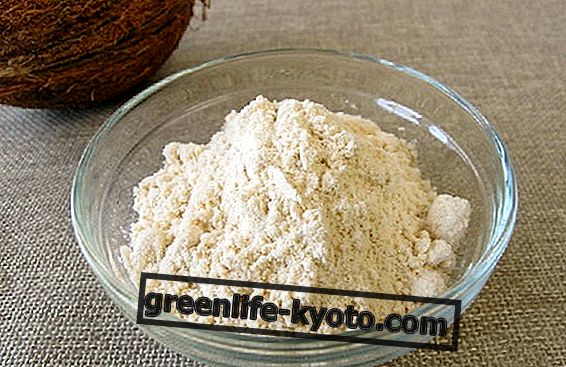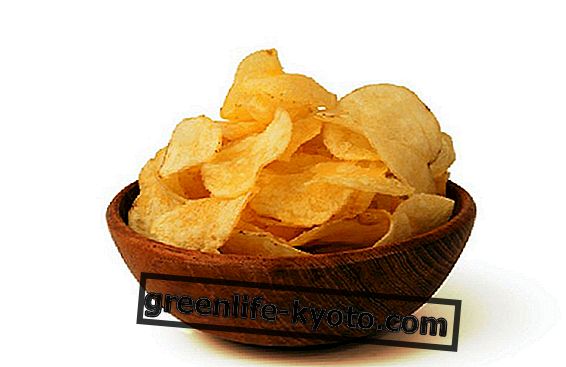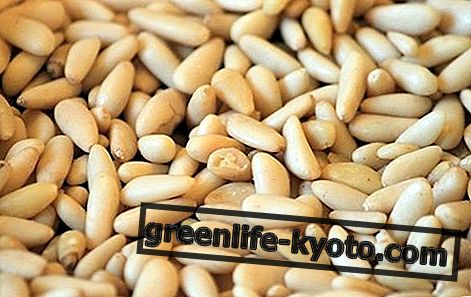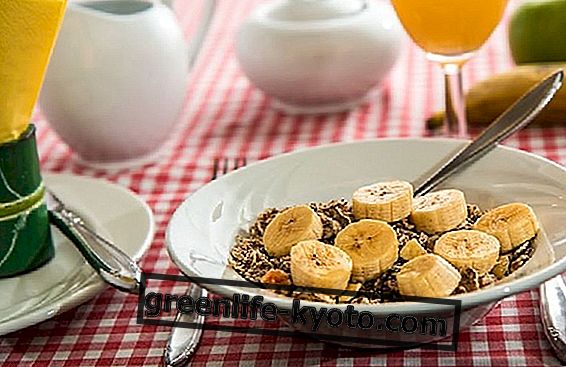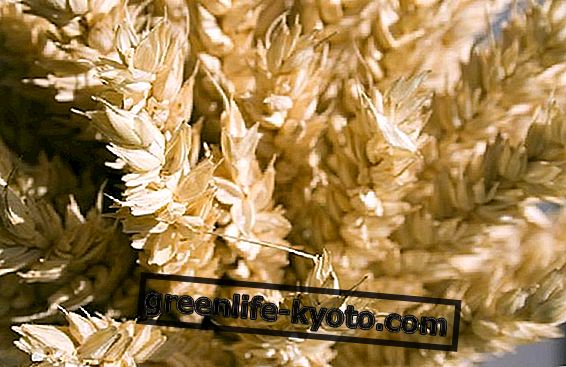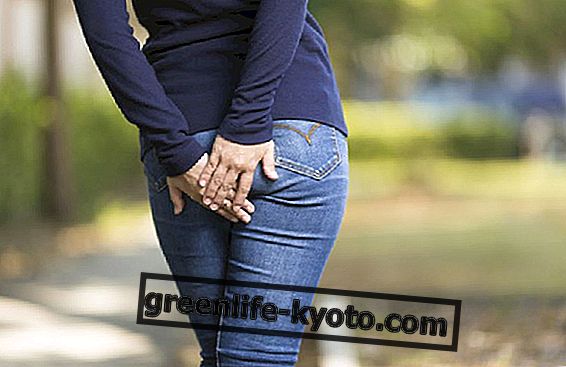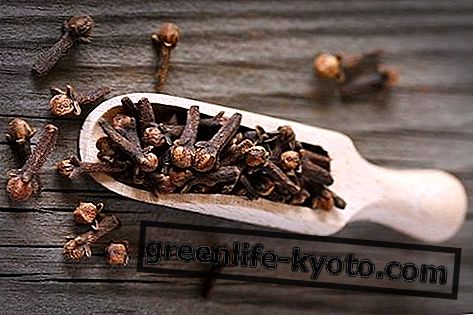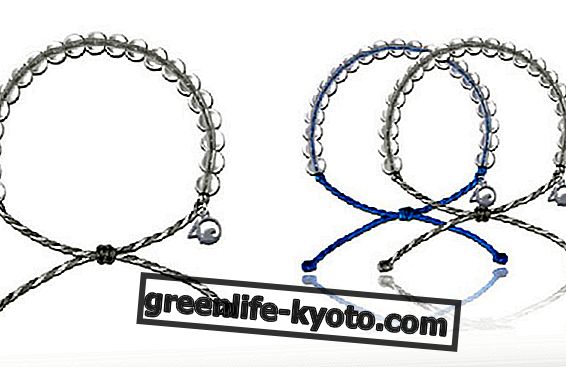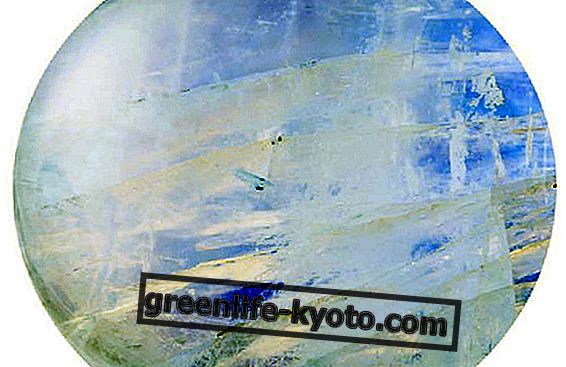Algae, foods rich in iodine, vitamins and proteins, are a valid vegetable alternative for healthy and complete nutrition. Useful against cholesterol and cardiovascular diseases, each variety has unique characteristics. Let's find out better.

Different types of algae
Of uncertain etymology, "alga" is probably the popular evolution of the term " aliga ", a word widespread in spoken Latin and already used to indicate a type of inferior plant formed of one or more cells and generally living in water.
Among the names of the most well-known algae we are learning about thanks to Japanese cuisine: Nori, Kombu, Wakame, Dulse, Klamath, Spirulina .
A good quality Nori seaweed will not be friable and will appear to be of a uniform grain against the light.
Dulse seaweed, due to its high salt content, is considered an excellent natural supplement to be taken after sports activities for the salt and water balance.
The Chinese have used Kombu seaweed as a natural remedy for treating endemic goiter for centuries.
Properties of algae
Rich in vitamins, proteins, mineral salts, algae are a valid vegetable alternative for healthy and complete nutrition. Algae are the foods most naturally rich in iodine, essential for the development of the organism, as it helps the production of thyroid hormones .
Nori algae help lower cholesterol, prevent cardiovascular diseases; Kombu algae protect the brain and defend the body from chronic degenerative diseases; Wakame seaweed is valuable for hair, nails and skin, as it is rich in calcium, vitamin C and B vitamins, as well as magnesium and iron.
Dulse seaweed is a good supplement to overcome fatigue ; Klamath microalgae are rich in vitamins, Omega 3 and amino acids.
Spirulina, a tiny spiraling green alga, was discovered by nutrition experts about 30 years ago: the interesting aspect of spirulina is its endowment in terms of essential nutrients for the good functioning of the organism, such as beta carotene, vegetable proteins, essential fatty acids, chlorophyll, phycocyanin, iron.
There has been a debate around the anticancer properties of algae for some time. In some traditional care systems, such as traditional Chinese or Ayurvedic medicine, brown algae such as Kombu or Kelp are used in the treatment of cancer.
However, this is still a fairly unexplored line of research: some observations have been found with respect to the incidence of breast cancer, which attribute the role of protective factor to regular algae consumption. However, hypothesizing a systematic use of algae for cancer prevention is still premature.
Algae, allies of
Intestine, skin, brain, heart, liver, red blood cells, arteries.
Algae are among the richest foods in omega 3: discover others
Curiosity about algae
- An Italian, Guido Bordignon, researcher at the Ca 'Foscari University, received the prestigious Antarctic Service Medal, recognition for those who spend more than 30 days south of the 60th parallel. Bordignon carried out a research on algae as sources of energy of the future, research that involved him in Antarctica from 18 January to 20 March 2010, in an expedition coordinated by the Scripps Institute of San Diego.
- There seems to be "grease" algae: a team of researchers from the University of Okkaido, in Japan, gave fucoxatin, a pigment contained in alucne brown algae used in cooking, to a population of rats. The guinea pigs have lost about 10% of the fat mass deposited in the abdominal area.
- Many types of algae were used by English sailors in the seventeenth century as a sort of chewing tobacco, as it contributed to reducing the incidence of scurvy.
A recipe up your sleeve
Algae are particularly versatile and lend themselves to many culinary experiments. We suggest indications on the preparation for an excellent chickpea soup and Kombu seaweed.
Get 200 grams of dried chickpeas, 1 onion, 10 cm of Kombu seaweed, 3 bay leaves, salt. Wash and leave the chickpeas to soak overnight. Wash and soak the Kombu, in the same water as the chickpeas for 10 minutes. Peel and cut the onion in half-moons. In a pressure cooker, place the algae on the bottom, then place the onions and finally the chickpeas, pour the water from the soaking legumes and Kombu, add the bay leaf and a pinch of salt.
Close and cook with the flame retina for about 40 minutes, then serve with toasted wholemeal bread.

